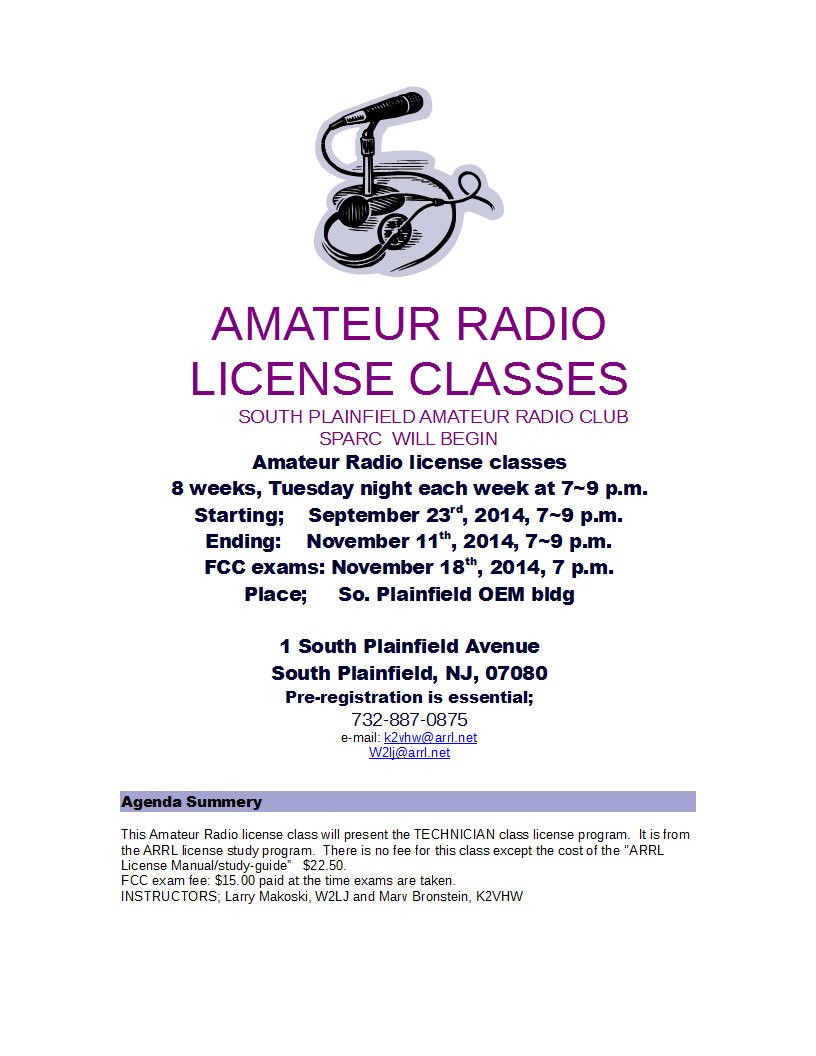 A good afternoon on the radio
A good afternoon on the radio
| Just a bit more tidy |
I then slipped over to 15m and came across V5/DK1CE calling CQ he was running split and it's not very often I try the split thing. It was only once before I was able to make a contact running split. I gave him a go and with about 2 repeats I was able to get into Namibia with 5 watts! I was thrilled to not only make a contact operating split but also to have my MFJ 1788 loop antenna with 5 watts make the trip.
Mike Weir, VE9KK, is a regular contributor to AmateurRadio.com and writes from New Brunswick, Canada. Contact him at ve9kk@hotmail.com.
 Another item up for sale
Another item up for sale
| A shot of the unit |
Mike Weir, VE9KK, is a regular contributor to AmateurRadio.com and writes from New Brunswick, Canada. Contact him at ve9kk@hotmail.com.
 630m Loading Coil & Variometer Update
630m Loading Coil & Variometer Update
 |
| Source: http://www.alg.myzen.co.uk/radio/136/ant_xformer.htm |
 | ||
| Source: http://www.alg.myzen.co.uk/radio/136/ant_xformer.htm |
 |
| Source: http://leoricksimon.blogspot.ca/2007/05/flyback-driver.html |
Steve McDonald, VE7SL, is a regular contributor to AmateurRadio.com and writes from British Columbia, Canada. Contact him at ve7sl@shaw.ca.
 Some things are better left alone!
Some things are better left alone!
Mike Weir, VE9KK, is a regular contributor to AmateurRadio.com and writes from New Brunswick, Canada. Contact him at ve9kk@hotmail.com.
 MB7IAH
MB7IAH
Today I received a very nice email from Ofcom. It was my NoV for my echolink node.
MB7IAH
Whilst I won’t be able to get it up and running this weekend because we have guests I hope to have everything up, running and ready for use early next week.
There is a restriction of 1.6w TX output using the 1/2w dipole (vertically polarised) but I’m keen to get the thing up and running. Eventually It’ll all be on the RPi but for now it might be quicker to install onto one of the old netbooks and to use that as a way of optimising audio and tx settings before going headless. There are a few restrictions on its use but they are perfectly sensible and being able to be unattended is a real bonus.
Exciting times. Here’s hoping it’ll get used by more than just me.
Alex Hill, G7KSE, is a regular contributor to AmateurRadio.com and writes from Cumbria, UK. Contact him at g7kse@yahoo.co.uk.
 Amateur Radio Newsline Report 1935 September 12 2014
Amateur Radio Newsline Report 1935 September 12 2014
 Excited
Excited
Larry Makoski, W2LJ, is a regular contributor to AmateurRadio.com and writes from New Jersey, USA. Contact him at w2lj@arrl.net.



















